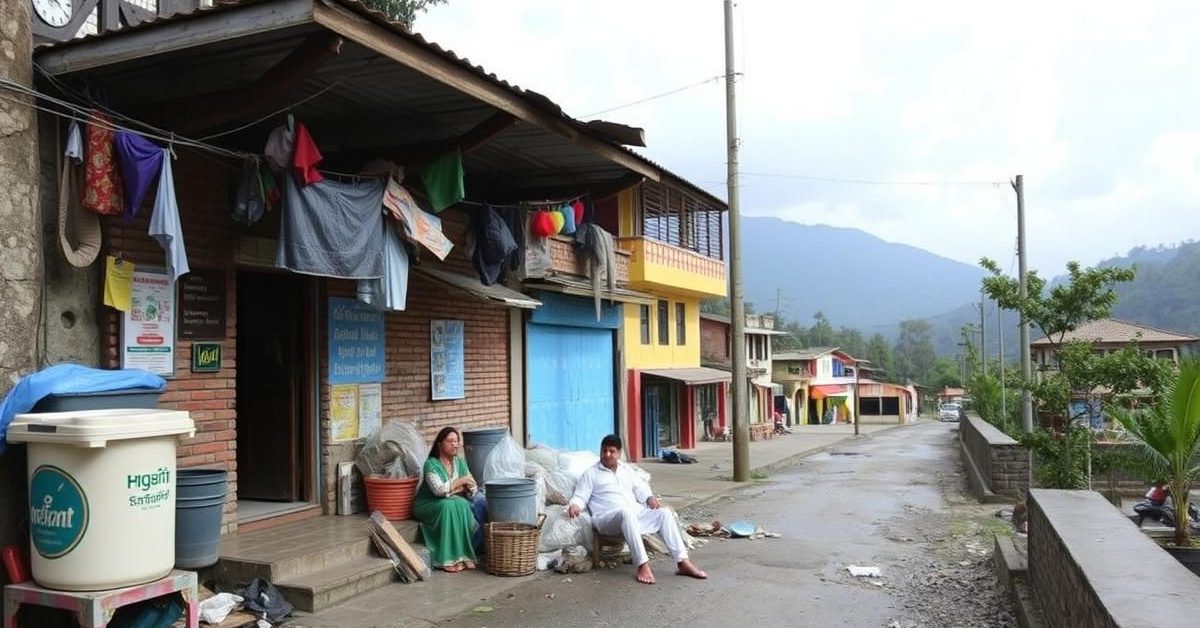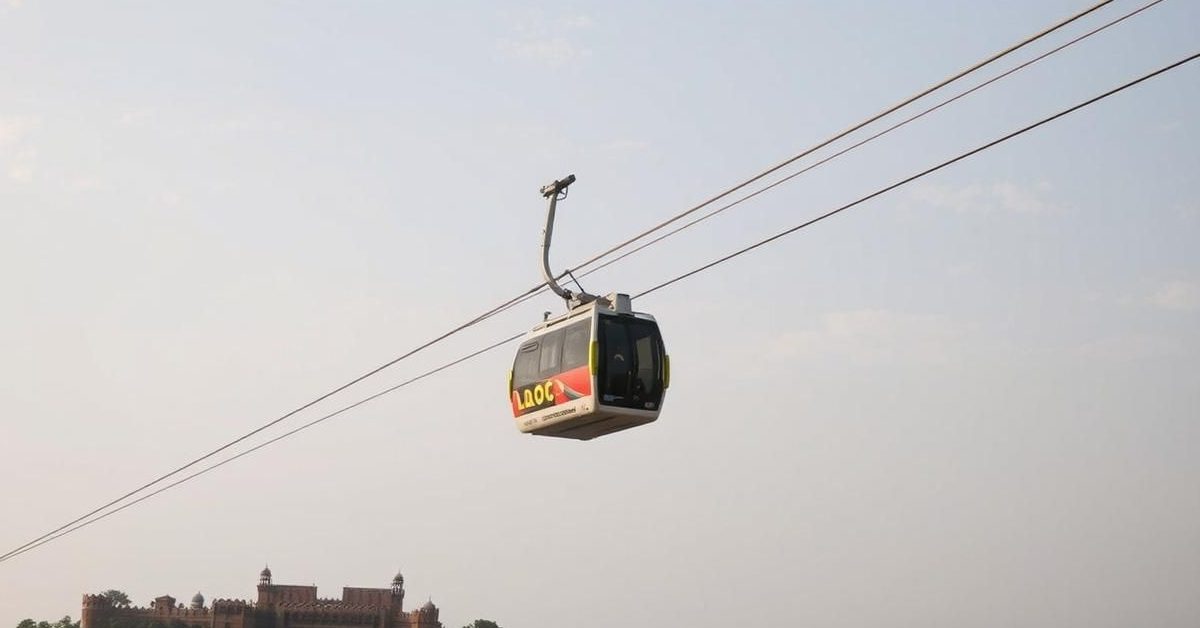The latest Swachh Survekshan 2024 results paint a concerning picture for Uttarakhand, with Landour cantonment slipping significantly and Nainital cantonment remaining one of the state’s dirtiest.
Landour’s Cleanliness Crisis Amid Tourist Boom
Landour, a popular hill station, has seen its cleanliness ranking drop sharply from 30th in 2023 to 50th this year among cantonments nationwide. This decline stands out as most other cantonments in Uttarakhand actually improved.
Experts point to an overwhelming surge in tourism as the primary culprit. Anoop Nautiyal of the SDC Foundation highlighted that Landour is struggling with the influx, underscoring the urgent need for better waste management and defining the area’s “carrying capacity.”
Local residents echo these concerns, blaming the unregulated growth of cafes, homestays, and unchecked tourism for the deteriorating state. Overflowing bins and garbage dumped on slopes have become common sights, along with vanishing green spaces.
Data from Swachh Survekshan confirms the issues: door-to-door waste collection in Landour fell from 99% to 75%, and source segregation plummeted from 88% to a mere 2%. Alarmingly, cleanliness of water bodies dropped to zero.
Nainital Remains at the Bottom
Despite a slight improvement in rank from 61st to 52nd out of 58 cantonments, Nainital Cantonment continues to be one of India’s dirtiest. It also ranks among Uttarakhand’s poorest-performing urban bodies.
While door-to-door waste collection in Nainital improved significantly from 20% to 74%, source segregation actually decreased from 18% to 8%. Waste processing remains at zero.
More critically, essential services like public toilet cleanliness, marketplace cleanliness, and water body cleanliness have collapsed completely, all dropping to 0% from previous scores.
Residents attribute these persistent problems to lax enforcement, a lack of civic engagement, and insufficient awareness. The challenges of hilly terrain combined with intense tourist pressure during peak seasons have also hindered infrastructure development and clean-up efforts.
A Mixed Bag for Uttarakhand
Across Uttarakhand, the statewide data for Swachh Survekshan shows mixed results. Door-to-door waste collection saw a dip from 69.7% to 56.6%. However, there was a positive trend in source segregation, which improved from 17% to 49%, and waste processing, rising from 26.5% to 40.5%.
Pathways to a Cleaner Future
To tackle these pressing issues, experts have proposed several urgent interventions. These include establishing local waste treatment units, compost pits, and small material recovery facilities. Strict fines for littering and better surveillance are also recommended.
Crucially, there’s a call for enhanced citizen outreach programs, regulated tourism, designated vending zones, and ecological zoning. The formation of a dedicated cantonment waste management task force under the state’s proposed Waste Management Commission could provide a much-needed push.
- Landour’s cleanliness ranking fell significantly, largely due to unmanaged tourist influx.
- Nainital Cantonment remains among the dirtiest, showing minimal progress despite a minor rank jump.
- Both areas suffer from poor waste segregation and a decline in the cleanliness of public spaces and water bodies.
- Urgent interventions, including better waste management, tourism regulation, and civic engagement, are vital for improvement.
These rankings serve as a critical reminder of the environmental challenges faced by popular tourist destinations in Uttarakhand, highlighting the need for immediate and sustainable solutions.















